Eyebag Surgery in Singapore
Eyebag Surgery (Lower Blepharoplasty)
The eyes are one of the first areas of the face to show signs of ageing, and for many, under-eye bags can create a tired, aged, or even unwell appearance. Eyebag surgery—also known as lower blepharoplasty—is a highly sought-after cosmetic procedure that rejuvenates the under-eye area by removing or repositioning fat, tightening skin, and restoring smooth contours.
Dr Colin Tham
Consultant Plastic & Reconstructive Surgeon
MB ChB (Aberdeen), FRCS (Ireland), FAMS
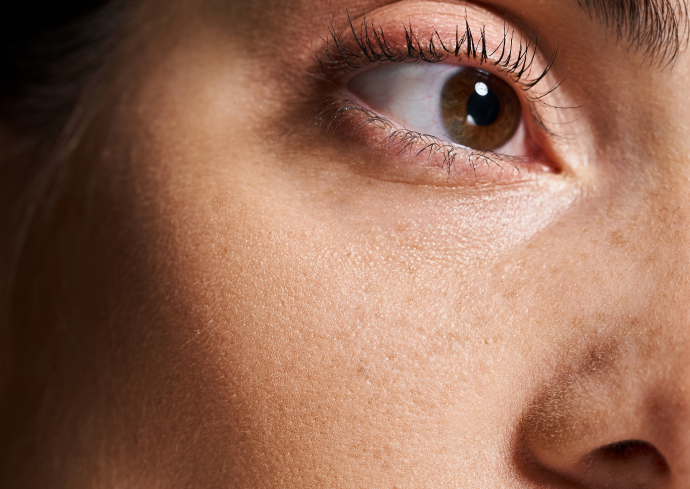
What Are Eyebags?
Eyebags refer to the puffy, swollen, or sagging appearance under the eyes that develops when fat or fluid accumulates in the lower eyelid area. While occasionally temporary—caused by lack of sleep, allergies, or high salt intake—many people experience persistent eyebags that do not improve with rest or skincare products.
These under-eye concerns can lead to:
- A tired or aged appearance
- Shadows or dark circles
- Puffiness even at a young age
- Wrinkled or loose skin under the eyes
In many cases, eyebags are a combination of fat protrusion, muscle laxity, and skin sagging, all of which can be effectively addressed through lower blepharoplasty.
How Do Eyebags Form?
Eyebags typically form due to a combination of natural ageing, genetics, and lifestyle factors. As we age, the tissues and muscles around the eyes weaken. The orbital septum (a thin membrane that holds the fat in place) becomes lax, allowing fat to push forward and create puffiness.
Contributing factors include:
Ageing
Skin loses collagen and elasticity, leading to sagging.Genetics
Some individuals are predisposed to under-eye fat pads from a young age.Fluid retention
Poor sleep, high sodium intake, or allergies can cause swelling.Sun exposure
Speeds up collagen breakdown, contributing to skin laxity.Smoking and lifestyle
Poor habits accelerate signs of aging in the eye area.
While topical products may reduce mild swelling temporarily, they cannot address the underlying structural causes, which is why many patients consider surgical treatment.
When Is Eyebag Removal Surgery Needed?
Eyebag surgery is typically considered when:
- Under-eye puffiness is persistent and not related to temporary swelling
- The appearance of bags affects confidence or self-image.
- Puffiness is paired with excess skin, fine lines, or wrinkles
- Concealer and non-invasive treatments are no longer effective
- You appear tired or aged, even when well-rested
Surgery is the only definitive option for removing or repositioning the fat pads that cause under-eye bulging. It can also smooth out the transition between the eyelid and cheek, creating a more refreshed, youthful appearance.
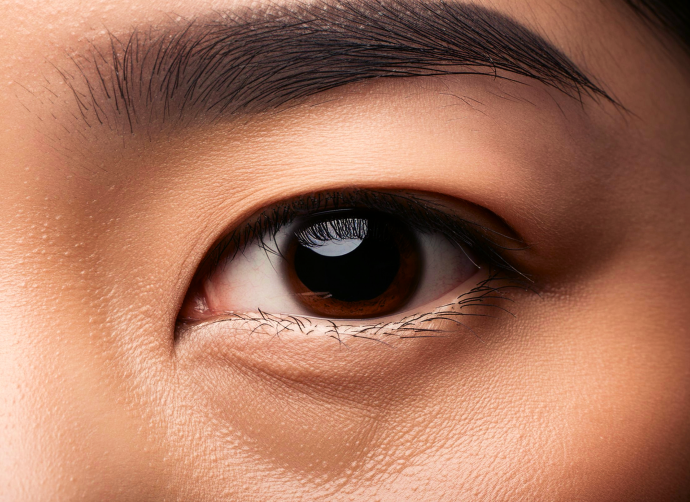
Who Is a Suitable Candidate for Eyebag Surgery?
You may be a good candidate for eyebag surgery if:
- You have moderate to severe under-eye bags that don't improve with skincare
- You are in good overall health
- You do not have serious eye or medical conditions
- You have realistic expectations about the outcome
- You are a non-smoker or willing to stop smoking before and after surgery
Both men and women seek this procedure, either to reverse signs of ageing or to correct genetically prominent eye bags. A consultation with a plastic surgeon will determine whether surgery is appropriate and which technique is most suitable for your anatomy.
What Is Lower Eyelid Surgery (Eyebag Surgery)
Lower blepharoplasty is a cosmetic surgery that targets the lower eyelid area to remove or reposition fat, tighten the skin, and improve overall contour. The goal is to create a smoother, more youthful transition from the lower eyelid to the cheek without changing the natural character of the eyes.
Key objectives of the procedure include:
- Removing bulging fat pads
- Tightening loose or crepey skin
- Reshaping the under-eye contour
- Correcting deep tear troughs or hollows
- Improving symmetry between both eyes
There are different techniques depending on individual needs—some focus on fat removal, others on fat repositioning or skin tightening.
How Is Eyebag Surgery Performed?
Transcutaneous (External) Approach
An incision is made just below the lower lash line. Through this access point, the surgeon removes or repositions fat and may also remove excess skin.
The incision is then closed with fine sutures, and the scar fades over time to become virtually invisible.
Transconjunctival (Internal) Approach
This technique involves an incision inside the lower eyelid, leaving no visible external scar. It's ideal for patients who need fat removal or repositioning but do not require skin removal. Because it avoids the skin and muscle, this approach often has a faster recovery and lower risk of complications.
The technique used will depend on your anatomy, age, skin elasticity, and treatment goals.
What Is a “Scarless” Eyebag Surgery?
“Scarless” eyebag surgery refers to the transconjunctival blepharoplasty technique, where the incision is made inside the lower eyelid rather than through the skin. As a result, there are no visible scars on the external skin.
This method is ideal for:
- Younger patients with good skin tone
- Individuals who have fat bulging but minimal excess skin
- Those seeking quicker recovery and less downtime
While the term “scarless” is somewhat of a misnomer (since all surgery involves incisions), this technique offers a hidden incision that heals invisibly and is not detectable externally.
What to Expect Before, During, and After Eyebag Surgery
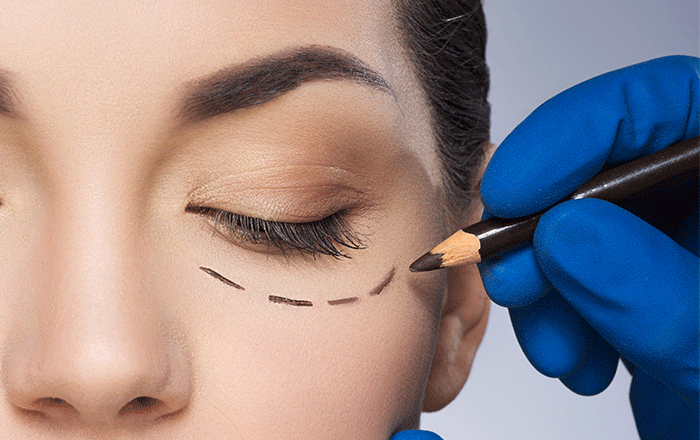
Before Surgery
A thorough consultation will be conducted to assess your eye anatomy, skin condition, and concerns. The surgeon will review your medical history and explain the surgical plan. Pre-operative steps may include:may have. Pre-operative photos may be taken, and your surgeon will explain the surgical plan, risks, and expected outcomes.
Pre-operative photos may be taken, and your surgeon will explain the surgical plan, risks, and expected outcomes.
Pre-operative steps may include:
- Avoiding blood-thinning medications and certain supplements
- Stopping smoking several weeks before surgery
- Arranging for someone to drive you home and assist after surgery
Photographs may be taken for before-and-after comparison, and instructions for the day of surgery will be provided.
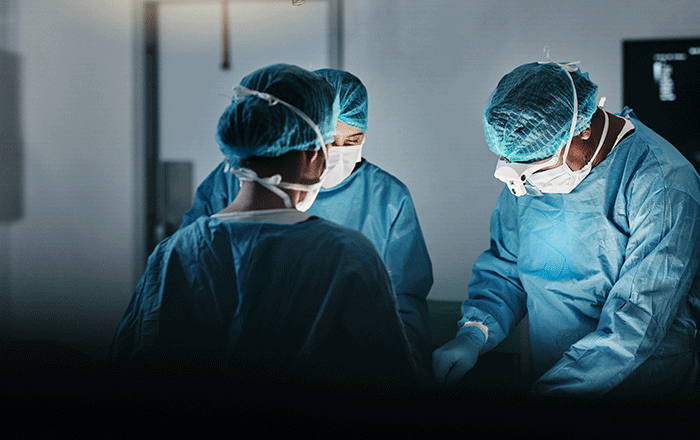
During Surgery
Eyebag surgery typically lasts 1 to 2 hours. You will be made comfortable under local or general anaesthesia. The surgeon will perform the planned technique—either through the inside of the eyelid (transconjunctival) or externally just under the lashes (transcutaneous). Fat will be removed or repositioned, and skin may be trimmed if needed. Once complete, sutures are placed, and the area is bandaged lightly.
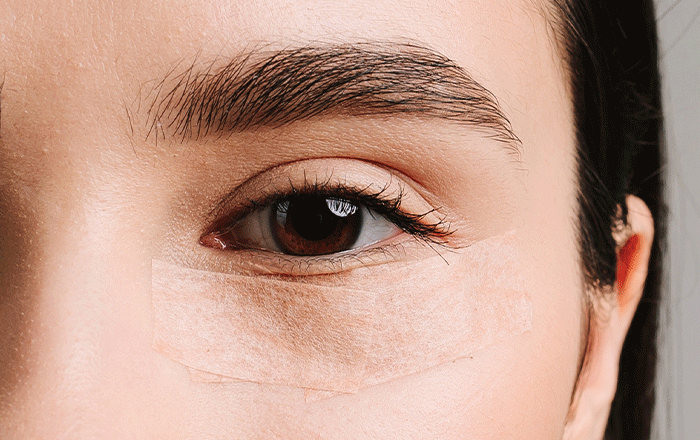
After Surgery
You may experience mild swelling, bruising, dryness, or tightness in the treated area for the first few days. These symptoms are normal and generally improve within a week. Cold compresses and prescribed ointments help reduce swelling and protect the eyes during recovery.
Recovering from Eyebag Removal Surgery in Singapore
Recovery from lower blepharoplasty is generally smooth and relatively quick. Most patients:
- Return to light activities within 3 to 5 days
- Resume work or social events within 7 to 10 days
- Experience minimal discomfort, which is managed with over-the-counter or prescribed medication
- See initial results within 2 weeks, with continued improvement over several months
Swelling and bruising vary by individual but subside significantly after the first week. Final results typically settle around 3 months, once all internal healing is complete.
During recovery, it's important to:
- Avoid rubbing or touching the eyes
- Sleep with your head elevated to reduce swelling
- Avoid sun exposure and wear sunglasses outdoors
- Refrain from strenuous activities or heavy lifting for 2 weeks
Most importantly, attend all follow-up appointments to ensure proper healing.
Potential Risks and Side Effects of Eyebag Removal Surgery
While most patients recover well after lower blepharoplasty, it’s important to be aware of potential side effects so you can manage them effectively and seek timely care if needed.
Changes in Vision
| Temporary blurred or double vision may occur during recovery but usually resolves quickly. Prolonged changes are very rare and should be evaluated by your surgeon.Eye Dryness and Light Sensitivity
| Mild dryness or light sensitivity is common early on. Using prescribed eye drops and wearing sunglasses can help relieve discomfort.Difficulty Closing the Eyes
| Some patients may temporarily find it hard to close their eyes completely, especially when sleeping. This typically improves as swelling subsides.Outward-Turning Eyelids (Ectropion)
| In rare cases, the lower eyelid may turn outward, causing irritation or dryness. When detected early, this can be easily managed or corrected.
With proper surgical care, follow-up and aftercare, eye bag removal surgery is generally safe and produces lasting, natural-looking results.
Frequently Asked Questions About Eyebag Surgery

Eyebag Surgeon in Singapore
Dr Colin Tham
Consultant Plastic & Cosmetic Surgeon MB ChB (Aberdeen), FRCS (Ireland), FAMS
Dr Colin Tham is an experienced plastic surgeon skilled in performing lower blepharoplasties, also known as eyebag surgeries. He is accredited by the Ministry of Health in Singapore and has over 20 years of experience in the field. Dr Tham received extensive plastic surgery training in Scotland, Taiwan, and Singapore; and is committed to providing beautiful and natural-looking outcomes for all his patients.
